Introduction: The Unrivaled Leadership of Italy and Spain in Ceramic Tiles
Italy and Spain have long been the powerhouses of the global ceramic tile industry, accounting for over ۵۰% of the world’s high-end tile production. But what makes these two Mediterranean nations so dominant?
From cutting-edge technology and artistic craftsmanship to sustainable manufacturing and strategic global marketing, Italy and Spain have perfected every aspect of ceramic tile production.

🔹 Section 1: Historical Foundations of Excellence
۱.۱ Centuries of Artisan Tradition
Italy’s Renaissance-era ceramics and Spain’s Moorish influences laid the groundwork for their tile-making expertise. Cities like Faenza (Italy) and Valencia (Spain) became hubs of ceramic innovation.
۱.۲ Early Industrialization & Technological Adoption
Both countries were among the first to mechanize tile production in the early 20th century, giving them a competitive edge.
🔹 Section 2: Innovation & Technology
۲.۱ Advanced Manufacturing Techniques
- Italy’s “Made in Italy” Precision – Use of digital printing and nano-coating for ultra-realistic designs.
- Spain’s Porcelain Tile Revolution – Pioneering large-format slabs and sintered stone.
۲.۲ Investment in R&D
- Italian R&D Hubs (e.g., Emilia-Romagna’s Ceramic District)
- Spain’s ASCER (Spanish Ceramic Tile Manufacturers’ Association) funds cutting-edge research.
🔹 Section 3: Design & Aesthetic Superiority
۳.۱ Trendsetting Designs
- Italian brands like Marazzi and Florim lead in luxury and minimalist styles.
- Spanish firms like Porcelanosa and Roca dominate modern and avant-garde trends.
۳.۲ Collaboration with Top Architects & Designers
- Partnerships with firms like Zaha Hadid Architects and Patricia Urquiola enhance prestige.
🔹 Section 4: Sustainable & Eco-Friendly Production
۴.۱ Circular Economy Practices
- Recycling 95% of water in production.
- Using renewable energy (Spain is a leader in solar-powered factories).
۴.۲ Low-Emission Kilns & Waste Reduction
- Italy’s “Green Tile” certification ensures eco-compliance.
- Spain’s “DAP” (Environmental Product Declaration) boosts global appeal.
🔹 Section 5: Strategic Global Marketing & Distribution
۵.۱ Strong Export Networks
- Italy exports 85% of its tiles, mainly to the US, EU, and Middle East.
- Spain is the #1 exporter to North Africa and Latin America.
۵.۲ Digital & Trade Show Dominance
- Cersaie (Italy) and Cevisama (Spain) attract global buyers.
- AI-powered virtual showrooms enhance B2B sales.
🔹 Section 6: Government & Industry Support
۶.۱ EU & National Funding
- Tax incentives for R&D and sustainable practices.
۶.۲ Cluster-Based Industrial Zones
- Sassuolo (Italy) and Castellón (Spain) foster collaboration among manufacturers.
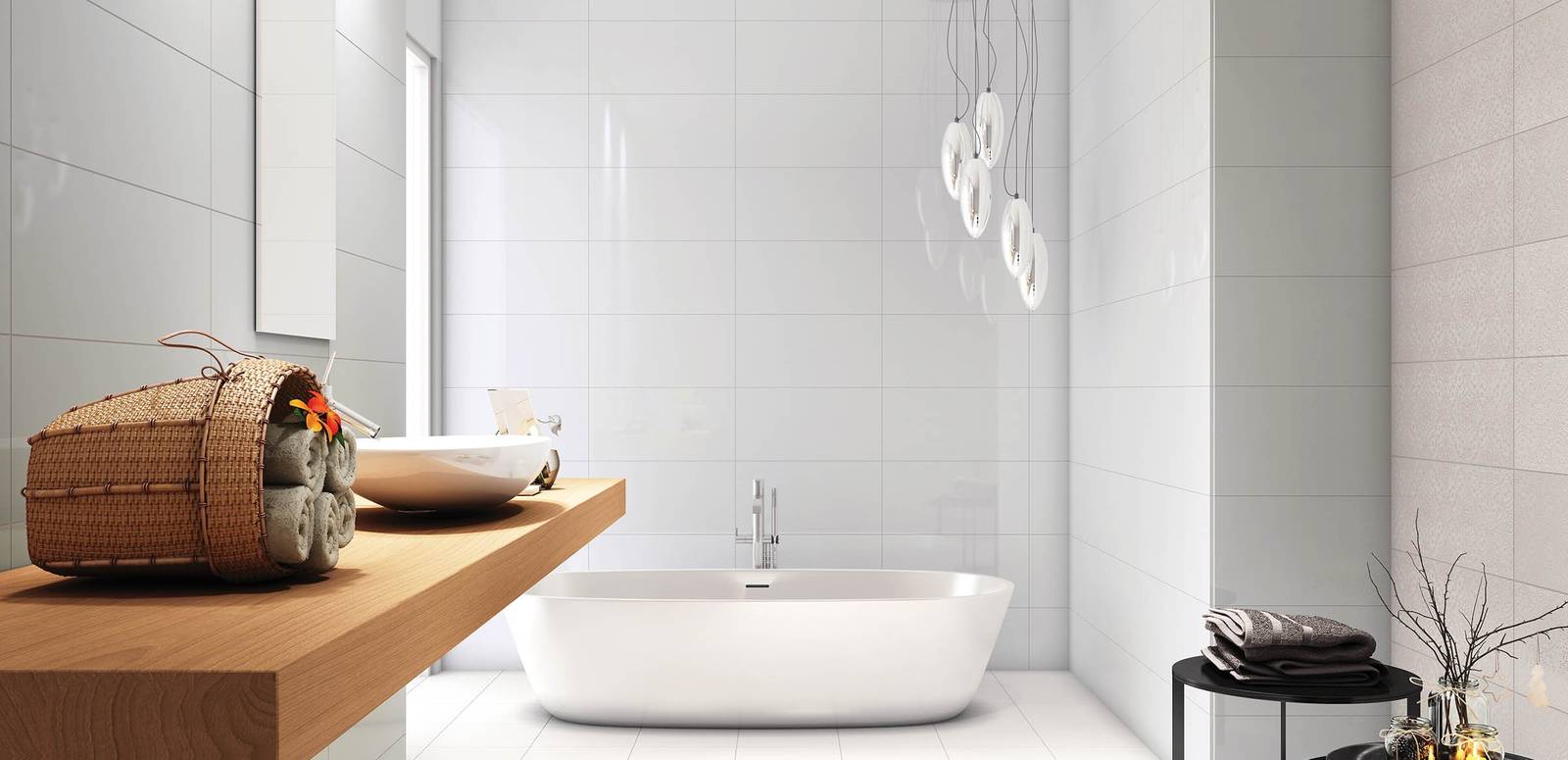
Conclusion: Key Takeaways & How to Compete with Italy & Spain
Why They Succeed:
✅ Heritage + Innovation = Unmatched craftsmanship.
✅ Sustainability = Competitive advantage in green markets.
✅ Global Branding = Strong export strategies.
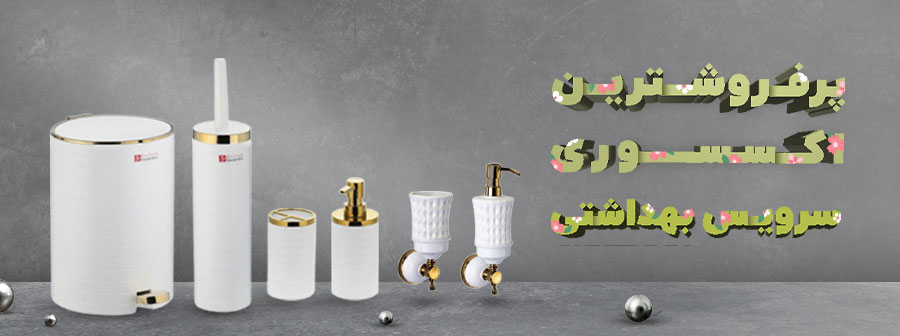
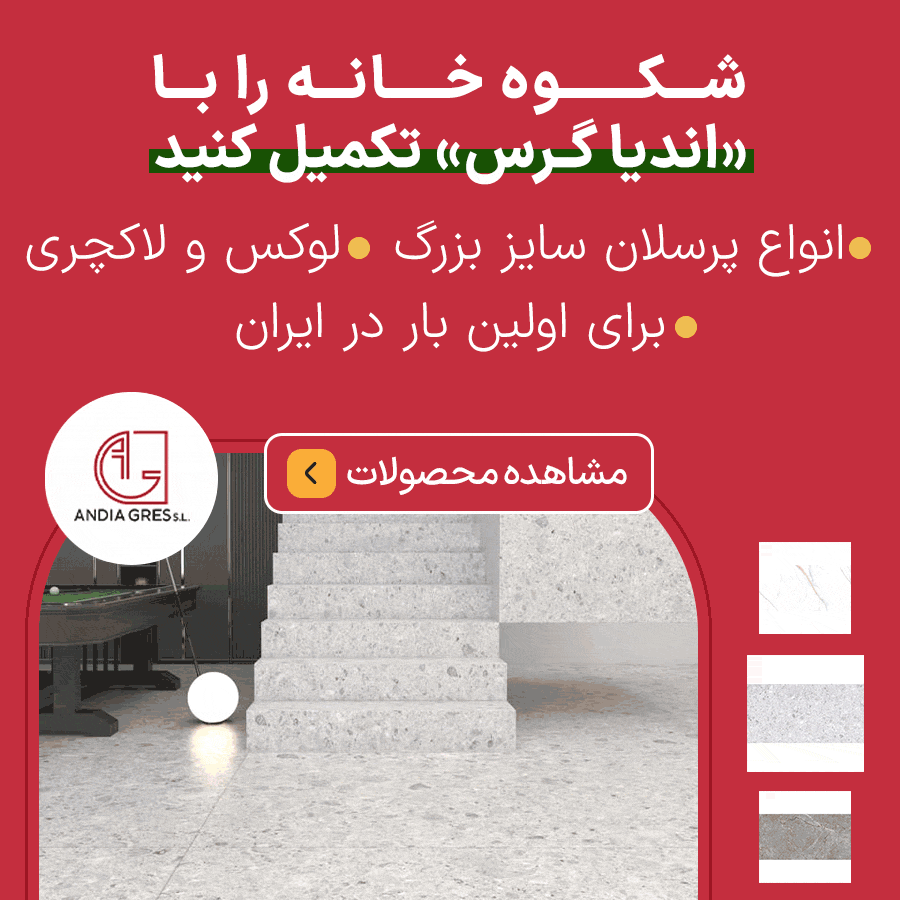
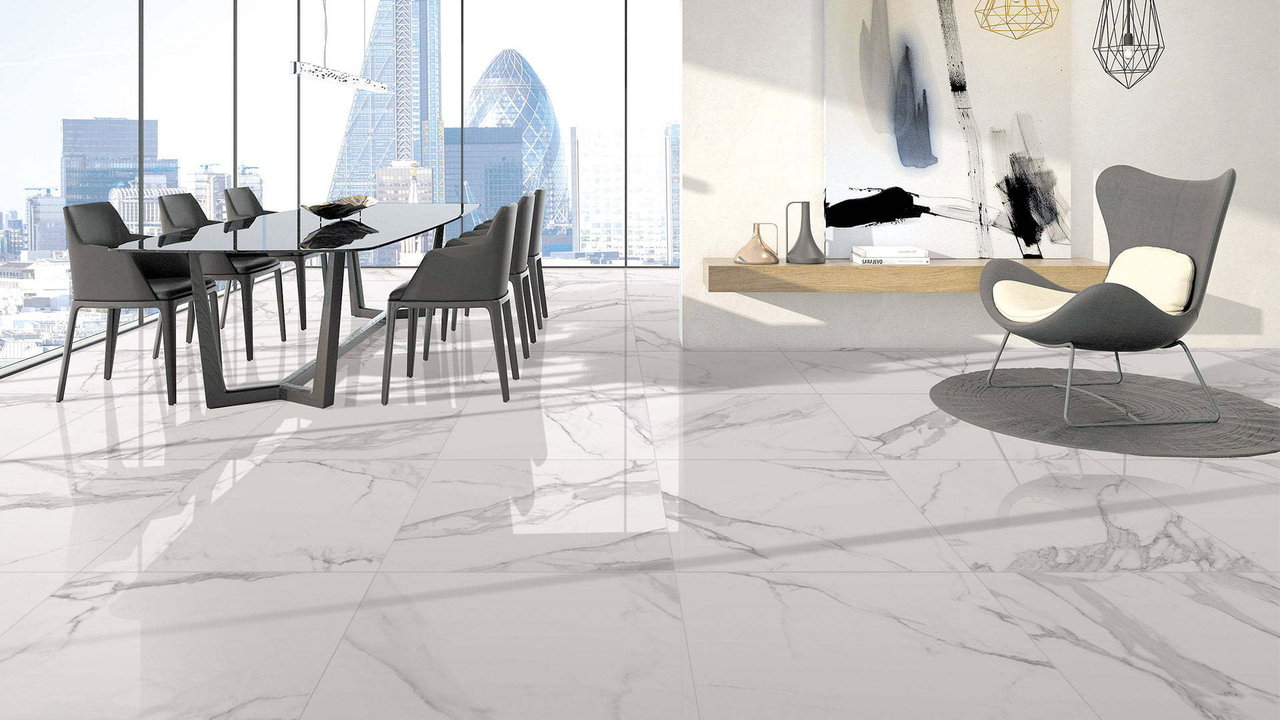
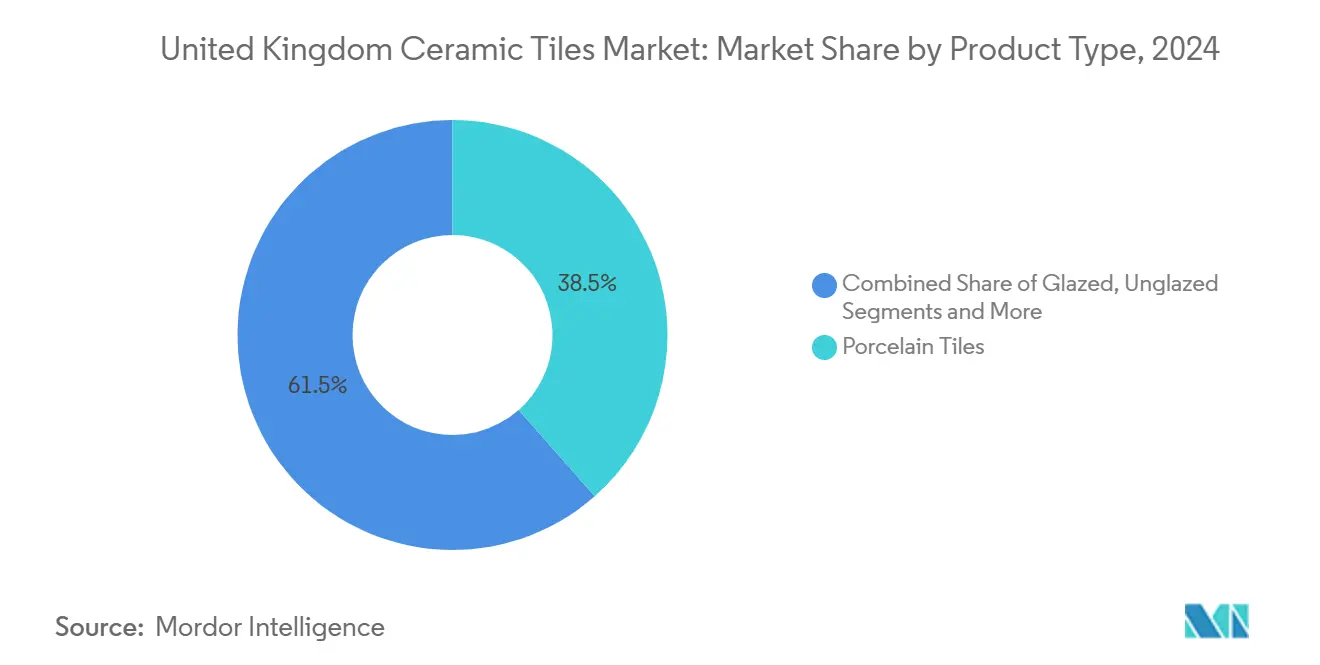
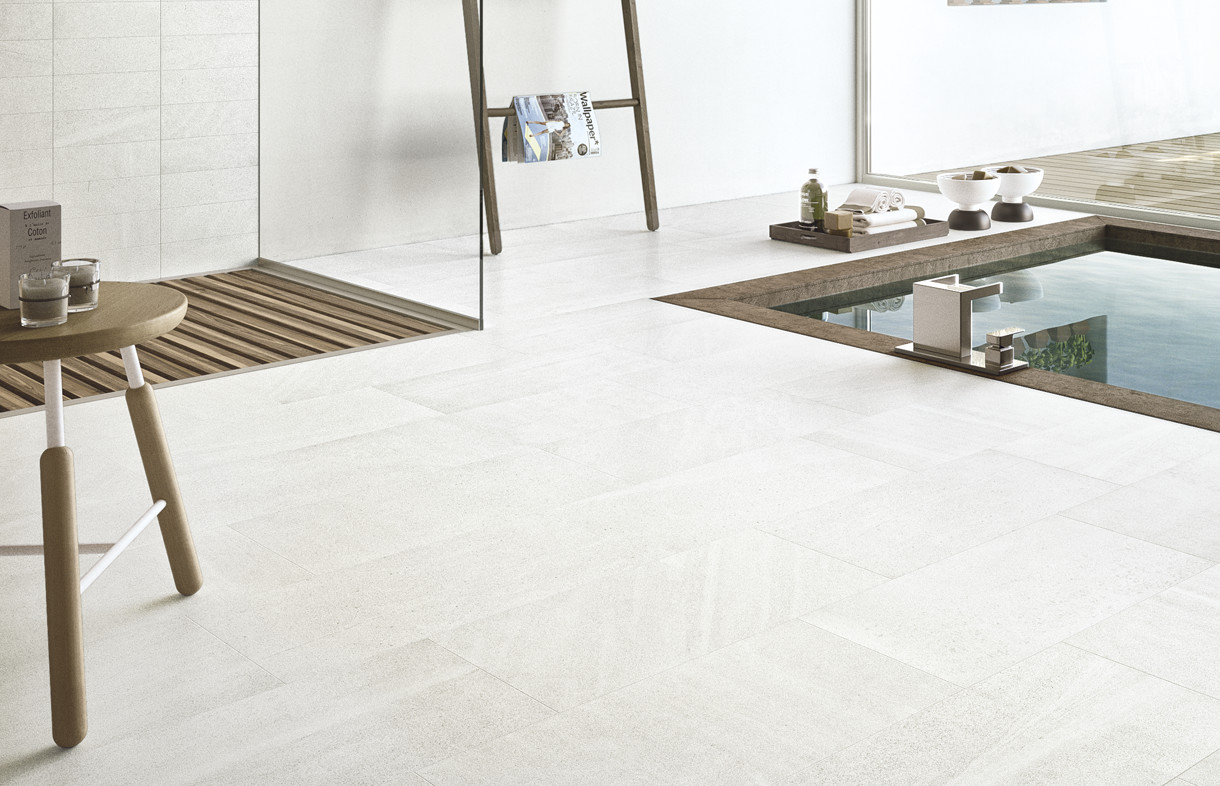


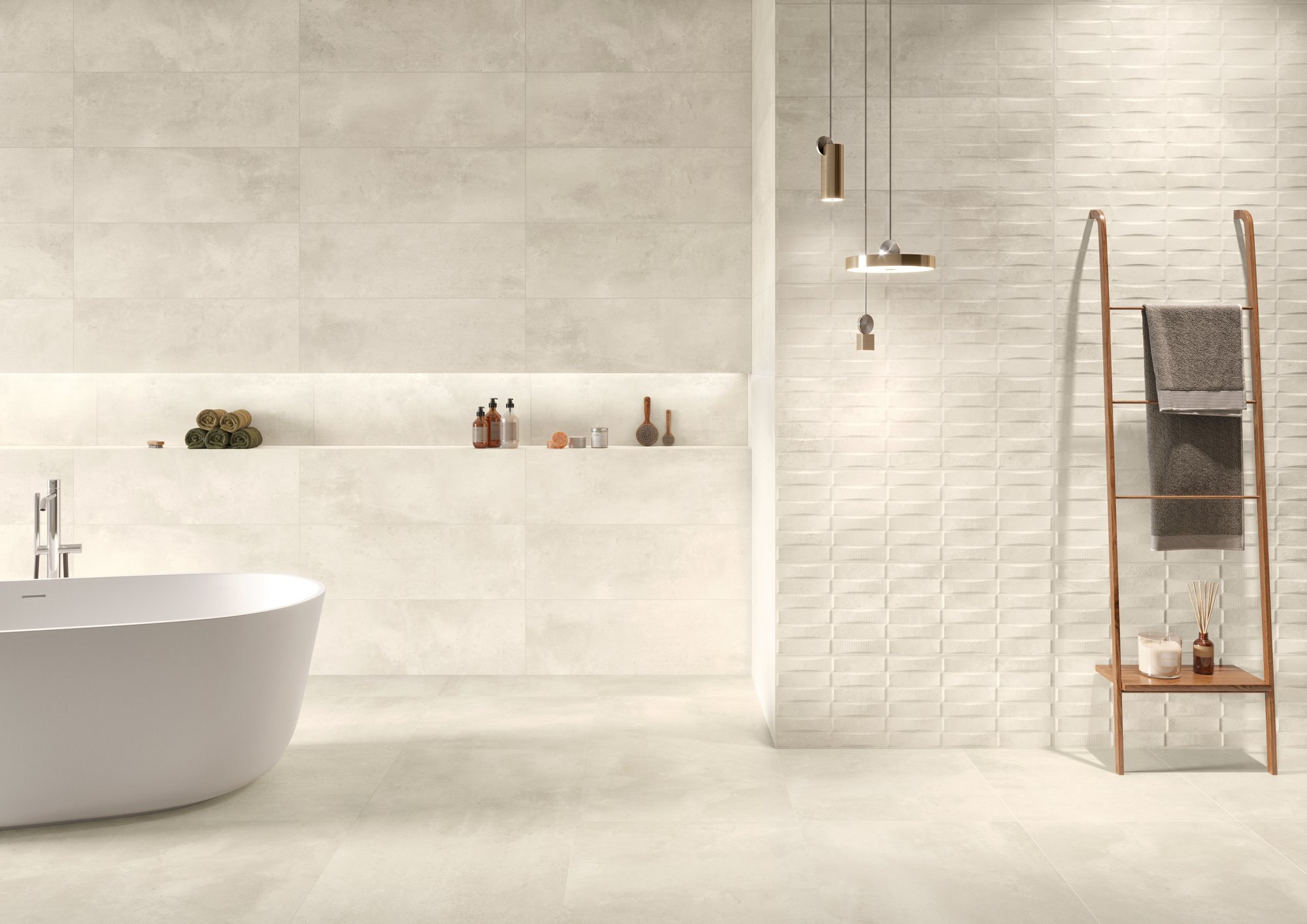


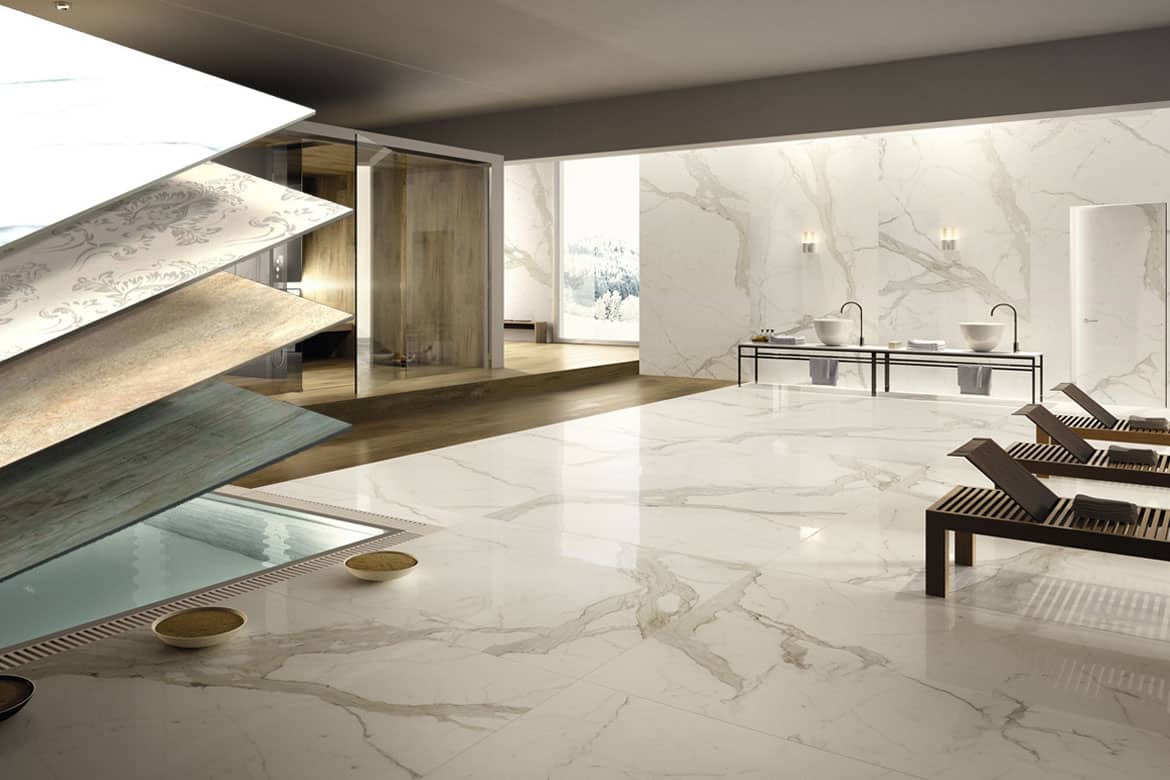
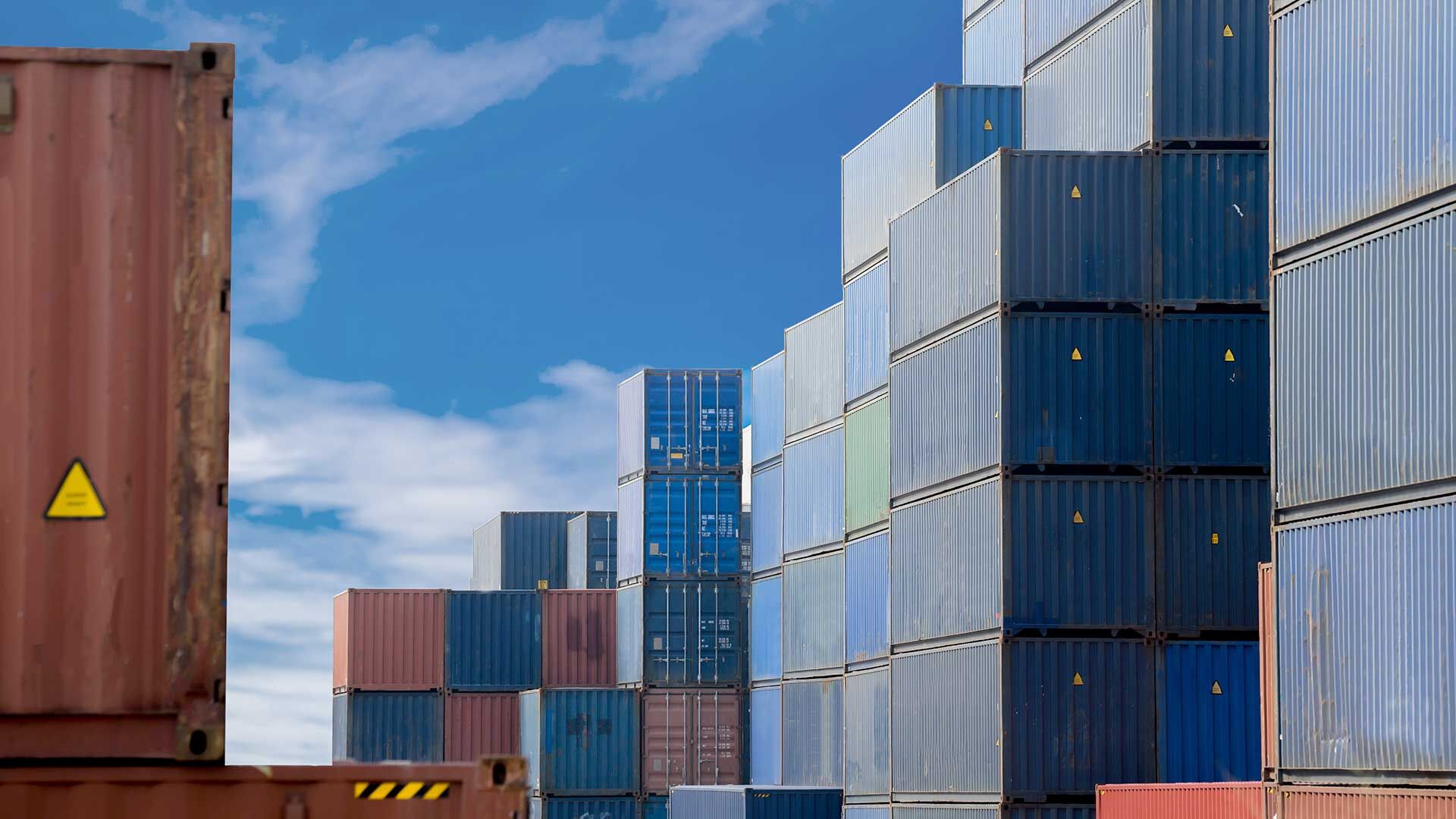
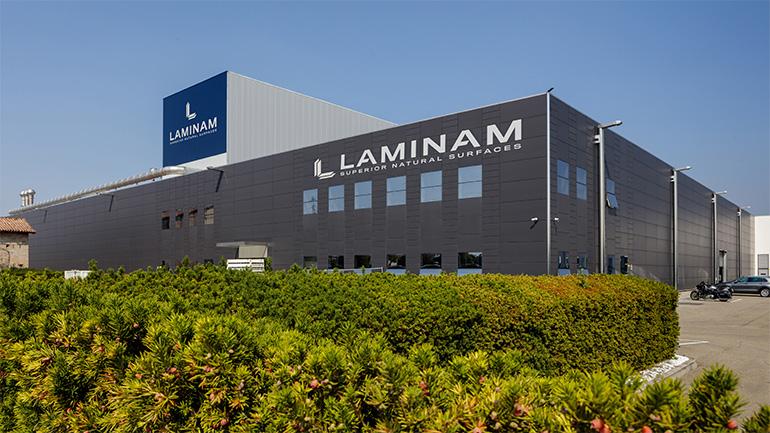

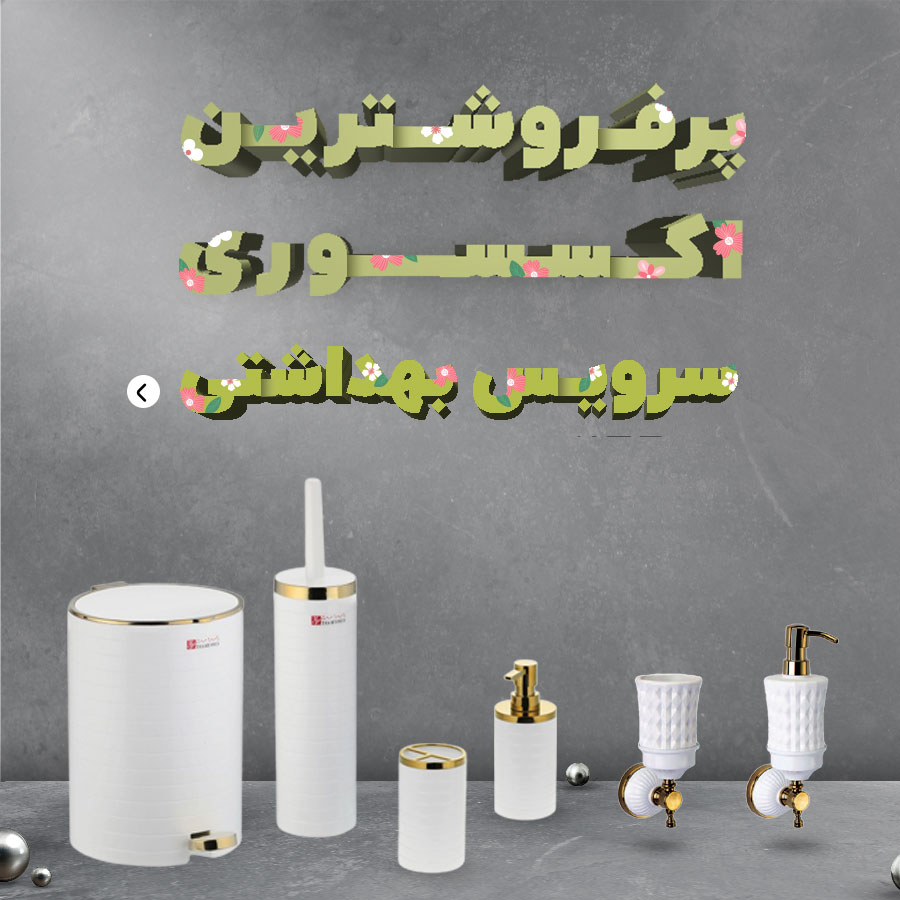

نظرات ۰